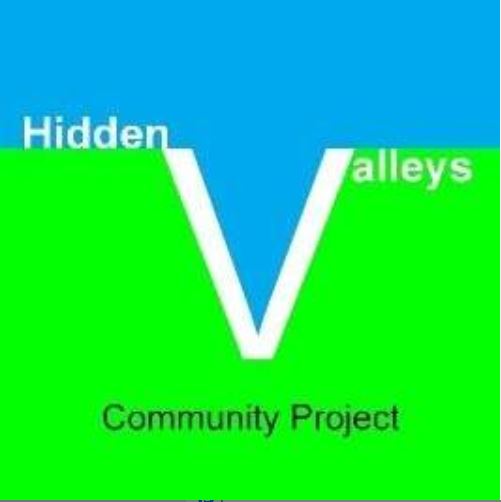by HCVP Chair, Roger Inman
Raymond Hayes, one of the leading amateur archaeologists in North Yorkshire and a well-known photographer in Hutton-le-Hole co-founded the Ryedale Folk Museum together with Frank Burt. I first met Raymond in the 1960’s when he was the ‘administrator’ for Dr Ian Stead’s excavations for the Ministry of Works. When I moved to the north-east in 1971, he was my first archaeological contact. Over the years I crossed Blakey Rigg in all weathers to visit him and listen to his extensive local knowledge. He was a real gentleman and a pleasure to be with.
Raymond recommended I meet Don Spratt who was living in Hall Drive, Middlesbrough, a research chemist in ICI Billingham and a founder member of Teesside Archaeological Society. Over the years Don and I worked on many archaeological projects together, the largest of which was the excavation of four Iron Age round houses outside Roxby between 1972 and 1979. By then he had moved to Skelton, near York where we worked together on the award-winning Roxby report. He was a close friend, an ally and sadly missed.
Roland Close was brought up and lived most of his life in Baysdale before moving to No.1 Station Road, Kildale. Besides working for the Kildale Estate, he was a respected amateur archaeologist working with Raymond on the excavations at Percy Rigg, Pale End, Crag Bank, and Lounsdale all in Kildale and on many other sites outside Kildale. A few years ago, I had the pleasure to meet Shirley Johnston who was Roland’s niece. She recalled many a dark winter’s day sticking together the pottery Roland had recently found!
Raymond, Don and Roland together with many other colleagues excavated the remains of the Kildale Manor between 1957 and 1976. I have several archive photographs of them waist-deep in the trenches across the valley.
In October 2011 I had a meeting with Mr. Andrew Sutcliffe, the owner of the Kildale Estate who very kindly gave me permission to start fieldwalking on his land in Kildale starting near Bleach Mill Farm. As of 2021 I have walked 306 acres!
The first time I saw the remains of Kildale Manor was in November 2011 and was fascinated by their complexity. I resolved to take up the baton from the three.
In January 2016 I called to see Phil Philo at the Dorman Museum, Middlesbrough, who was then the senior curator of museums. At my request he showed me the archive from Kildale Manor excavations. In my mind I can still see all 50 crates stacked floor to ceiling in the store room containing over 6000 pieces of pottery!
I contacted a friend of mine, Anne Jenner who worked for the York Archaeological Trust in York as a specialist in Medieval pottery. Anne and I started the pottery assessment in February 2016 and finally finished in August 2019 – 27 days including five days in Kildale Village Hall as teaching days for HCVP members.
The Hidden Valleys Community Project came into being in March 2017 with an inaugural meeting in Kildale Village Hall with Mr. Sutcliffe as patron and over 70 people attending. The HCVP manifesto is to study the history and archaeology of Kildale, Westerdale and other parts of North Yorkshire.Since then members have taken part in surveys to re-align the excavation plans, a magnetometer survey over both fields covering the Manor House, numbering and sticking the Kildale Manor pottery in the Dorman Museum, a topographical survey of all the site and a resistivity survey over both fields.”
Sadly due to Covid 19 the re excavation of Kildale Manor had to be postponed in 2020 and again in 2021.
However Hidden Valleys Community Project have undertaken a number of other archaeological excavations and related activities since 2017 developing members skills and experience. These are written up by Roger Inman and published on our Facebook site or in Archaeological Journals.
(Roger himself is referred to in glowing terms in, “The North York Moors ,Landscape Heritage”, edited by DA Sprattand & BJD Harrison, North York Moors National Park 1989, ISBN 0-7153-9347-2 which is an excellent guide to the history and archaeology of the area.)
